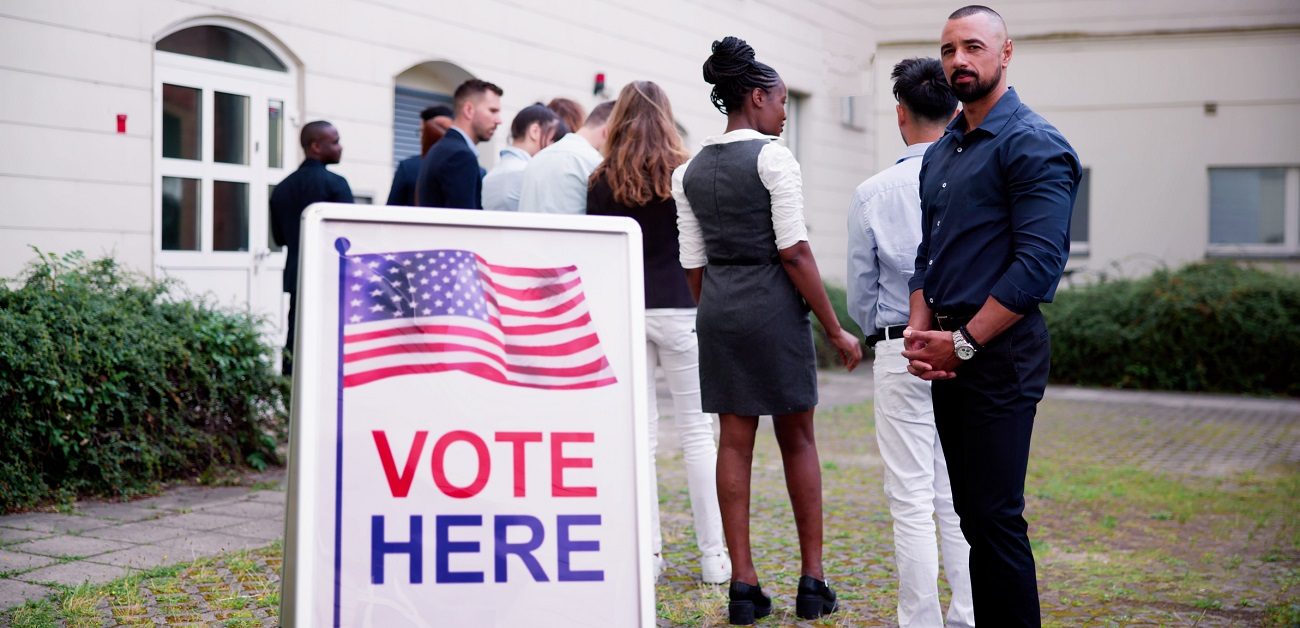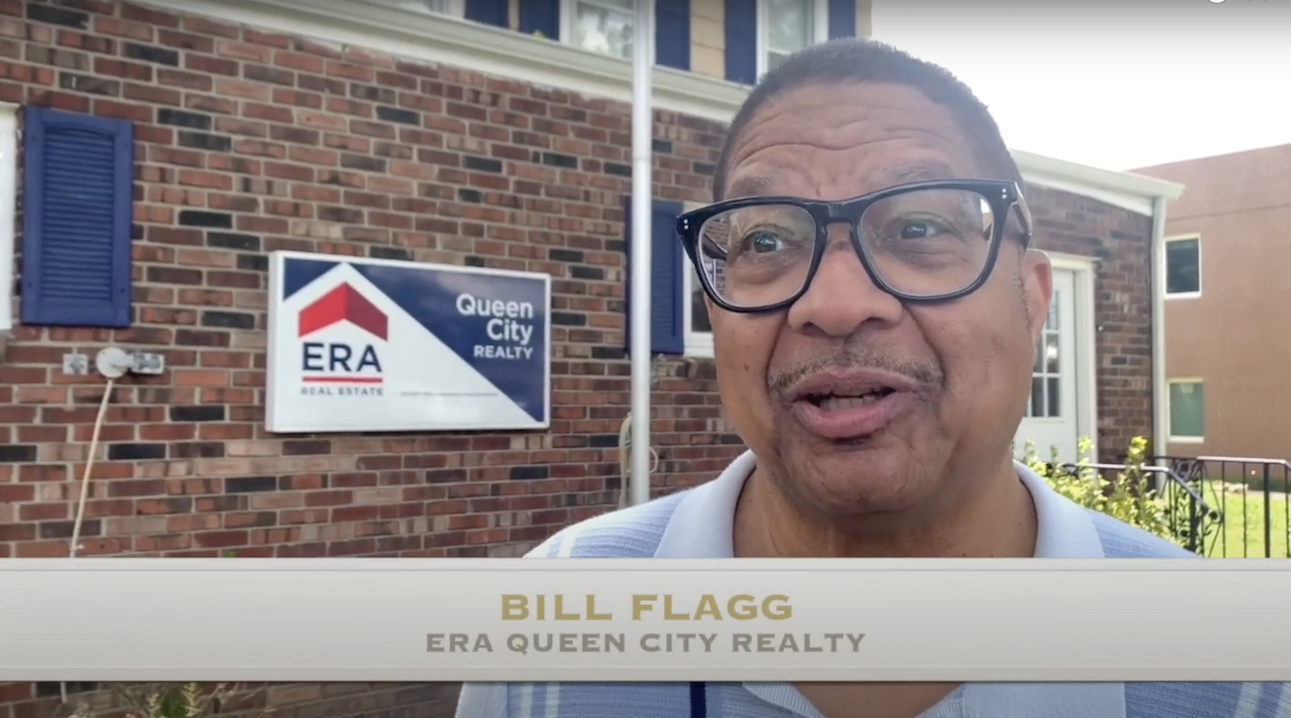
The New York Times recently painted the real estate industry as encouraging dangerous business practices in pursuit of a deal while offering little protection and safety guidance to agents and brokers. If you’ve ever heard of REALTOR Safety Month, which happens every September, you know that’s not true.
The story is framed around a San Diego real estate agent who was sexually assaulted during a listing consultation at a potential client’s home—the first time she met the seller.
“The overwhelming majority of real estate agents are women—and they are vulnerable to abuse in an industry that offers few protections, demands that they meet clients alone in empty homes and encourages them to use their appearance to help bring in buyers,” the article reads.
As an educator who has taught real estate safety for nearly 30 years, I was interviewed by the Times for the article. But I ended up on the cutting room floor. I guess my message—that the real estate industry takes safety seriously and is expanding awareness and training every day—didn’t fit the writer’s narrative.
Read safety content from Tracey Hawkins in REALTOR Magazine.
The article’s timing was a bit coincidental, coming just over a week before REALTOR Magazine launched its new podcast, Drive With NAR: The Safety Series. (Listen to the first episode: “What Should Workplace Safety Look Like in Real Estate?”) I’m the host of this podcast, the real estate industry’s first focused entirely on safety. It’s another tool the National Association of REALTORS provides members, in addition to training videos, personal protection resources and business safety plans through the REALTOR Safety Program.
So, does it sound like there’s a lack of opportunity for real estate professionals to improve their safety? Here’s what else the Times article misunderstands or fails to acknowledge about safety in the real estate profession.
- Men versus women. By pointing out that 66% of NAR’s membership is female and focusing on the dangers women face in the field, the omission of male agents in the article helps fuel the misperception that men aren’t vulnerable. But 14% of male agents say they’ve had an encounter in the line of duty that made them fear for their safety, according to NAR’s Member Safety Residential Report. Safe business practices are just as important for men as women.
- Brokerage safety. The Times article highlights the lack of safety policies and training at many real estate brokerages, which is a valid criticism. But with just over half (51%) of REALTORS saying their brokerage has a safety plan in place, according to NAR’s report, the image of the real estate industry as the “Wild, Wild West” is overwrought. The Times also suggests some odd solutions, like agents requesting that their brokerage supply an escort to showings. I recommend investing in proactive safety training.
- Focus on appearance. The article connects attractiveness in photos to being a potential victim, claiming the real estate industry encourages agents to leverage their appearance to attract buyers. Physical looks could be one motivation for a criminal. It’s much more likely, though, that a criminal targets a victim who is in a vulnerable position, such as working alone at an open house, and easy to exploit.
Real estate safety advocate Carl Carter Jr. stresses the need for brokerages to provide safety training. To address a lack of safety awareness, new agent orientations should include safety training. Expert-led education focusing on business-building through safety can be an easy way to engage agents.
The Times does address the need for increased awareness and better protection against sexual harassment, assault and other crimes in the real estate industry. I advocate psychological safety training, which looks at building a culture in which agents can report crimes without fear of retaliation, retribution or punishment.
The article quotes agents that say industry buy-in is crucial to improve safety. I agree, but that requires a cultural shift. Innovative and actionable safety training should be expected as part of doing business in the real estate market.



